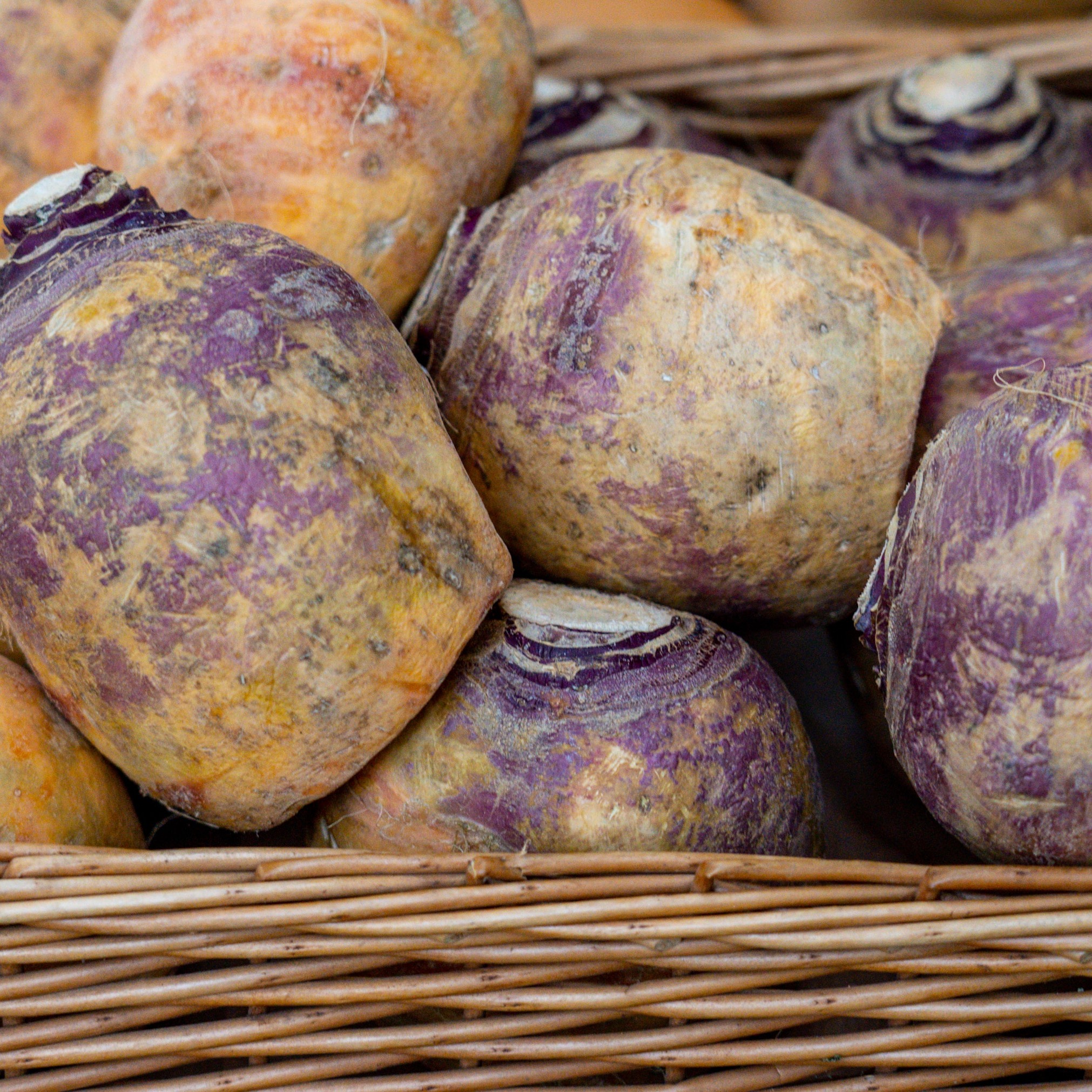
Introduction
Swedes, also known as rutabagas, are delicious and nutritious root vegetables that can be grown successfully in the United Kingdom. With their sweet and earthy flavor, growing swedes in your garden can be a rewarding experience. In this comprehensive guide, we will walk you through the process of growing swedes, from selecting the right variety to providing the necessary care for a bountiful harvest. Let's get started!
Choosing the Right Variety
When it comes to swedes, there are several varieties suitable for the UK climate. Here are some popular choices:
- 'Brora': A popular variety known for its smooth skin, excellent flavor, and good storage qualities.
- 'Magres': This variety produces large, round roots with purple tops and creamy-yellow flesh.
- 'Wilja': An outstanding variety that offers high yields and good disease resistance.
- 'Gowrie': This variety has a sweet and nutty flavor, making it ideal for both culinary and livestock use.
Sowing and Planting
Swedes are typically grown from seeds. Follow these steps to sow and plant your swedes:
- Sowing method: Directly sow swede seeds in the garden from late spring to early summer. Plant them about 1/2 inch deep and space them 6-8 inches apart in rows that are 12-18 inches apart.
- Soil conditions: Swedes prefer well-drained soil that is rich in organic matter. Prepare the soil by incorporating compost or well-rotted manure.
- Thinning seedlings: When the seedlings have developed their first true leaves, thin them out to allow proper spacing. Leave the strongest seedlings spaced about 8-12 inches apart.
Growing
To ensure healthy growth and a bountiful harvest of swedes, consider the following tips:
- Sunlight: Swedes prefer full sun but can tolerate partial shade. Aim to provide them with at least 6 hours of direct sunlight each day.
- Watering: Keep the soil consistently moist, especially during dry spells. Swedes require regular watering to promote root development.
- Soil conditions: Swedes prefer well-drained soil that is rich in organic matter. Mulching around the plants can help retain soil moisture and suppress weeds.
- Fertilizing: Apply a balanced fertilizer or side-dress with compost or well-rotted manure during the growing season to provide additional nutrients.
- Pest control: Monitor your swede plants for common pests such as flea beetles or caterpillars. Use organic or chemical controls as necessary.
- Harvesting: Swedes are typically ready for harvest when the roots have reached a desirable size, usually around 3-4 inches in diameter. Gently loosen the soil around the roots and carefully lift them out of the ground.
Conclusion
Growing swedes in the United Kingdom allows you to enjoy the sweet and earthy flavor of these versatile root vegetables. By choosing the right variety, providing proper care, and addressing common challenges, you can cultivate healthy swede plants that add depth and taste to your culinary creations. Whether you roast them, mash them, or use them in stews and soups, homegrown swedes will surely enhance your culinary experiences. Happy swede growing!